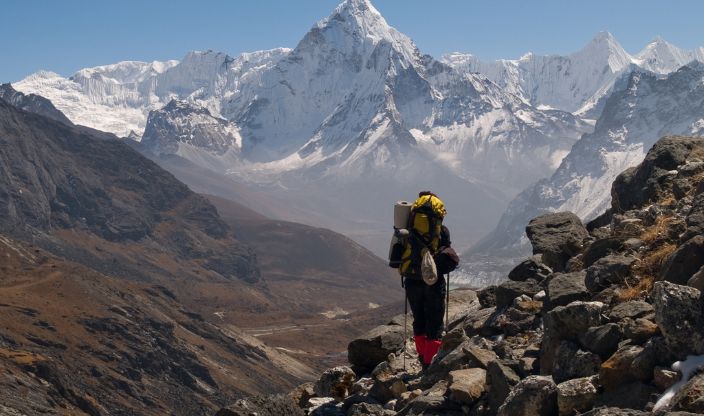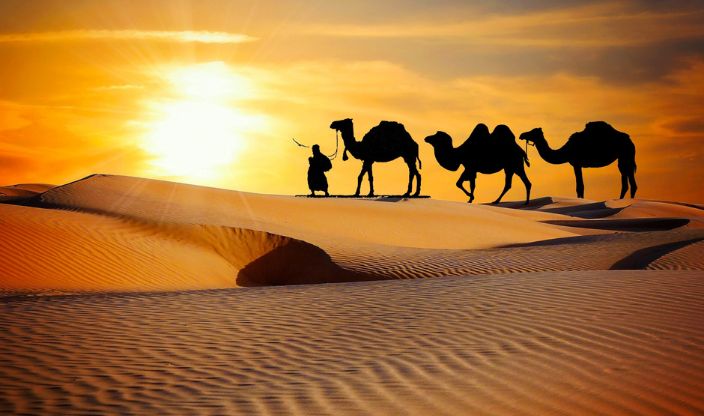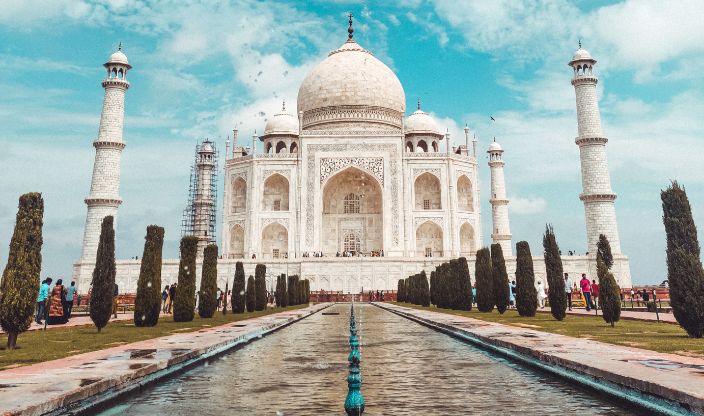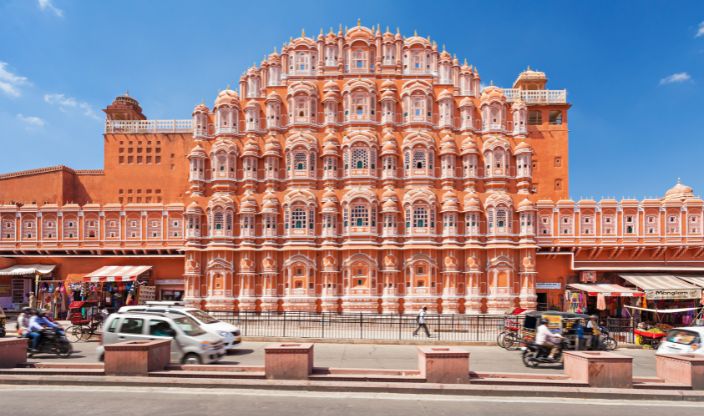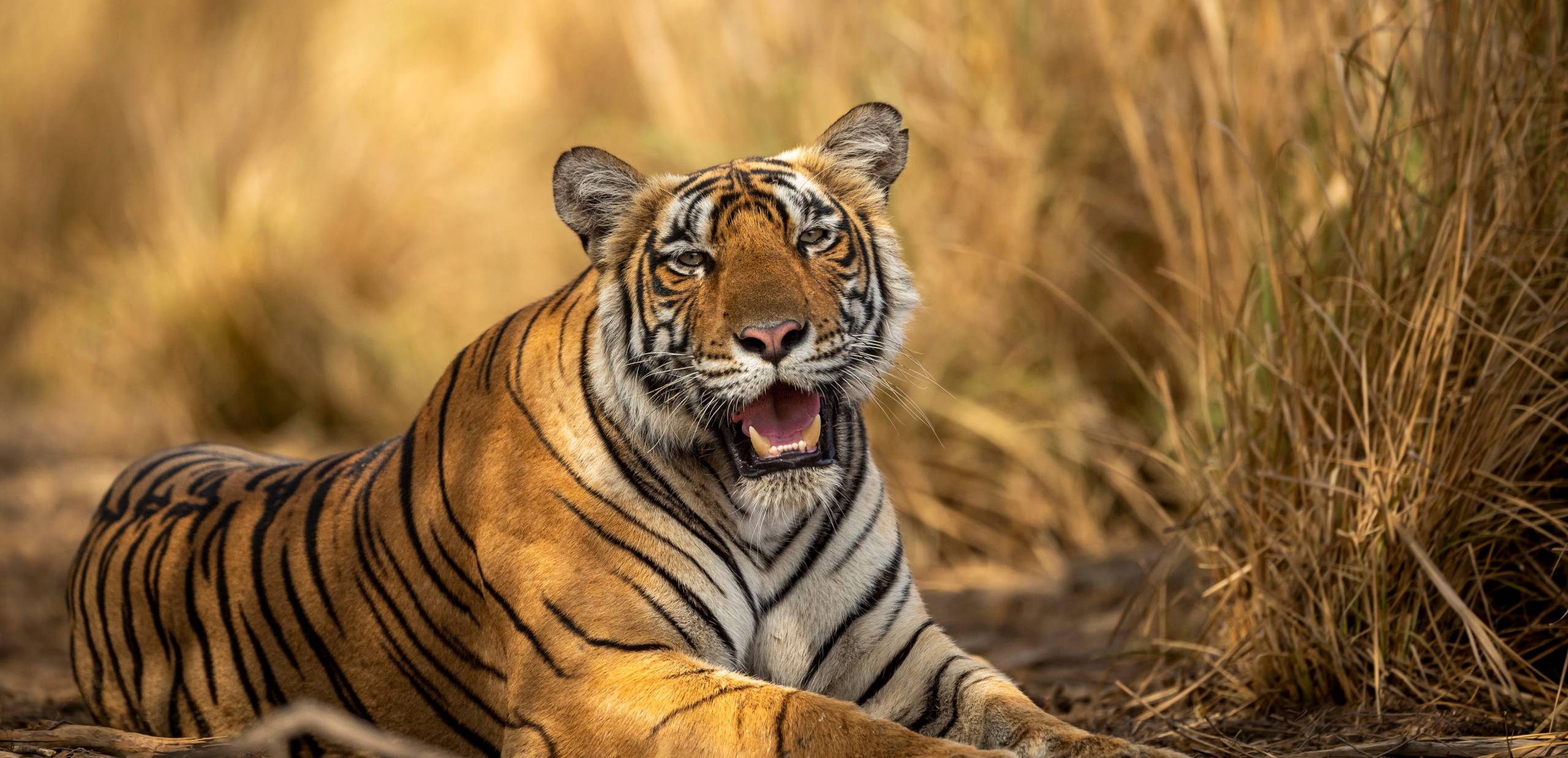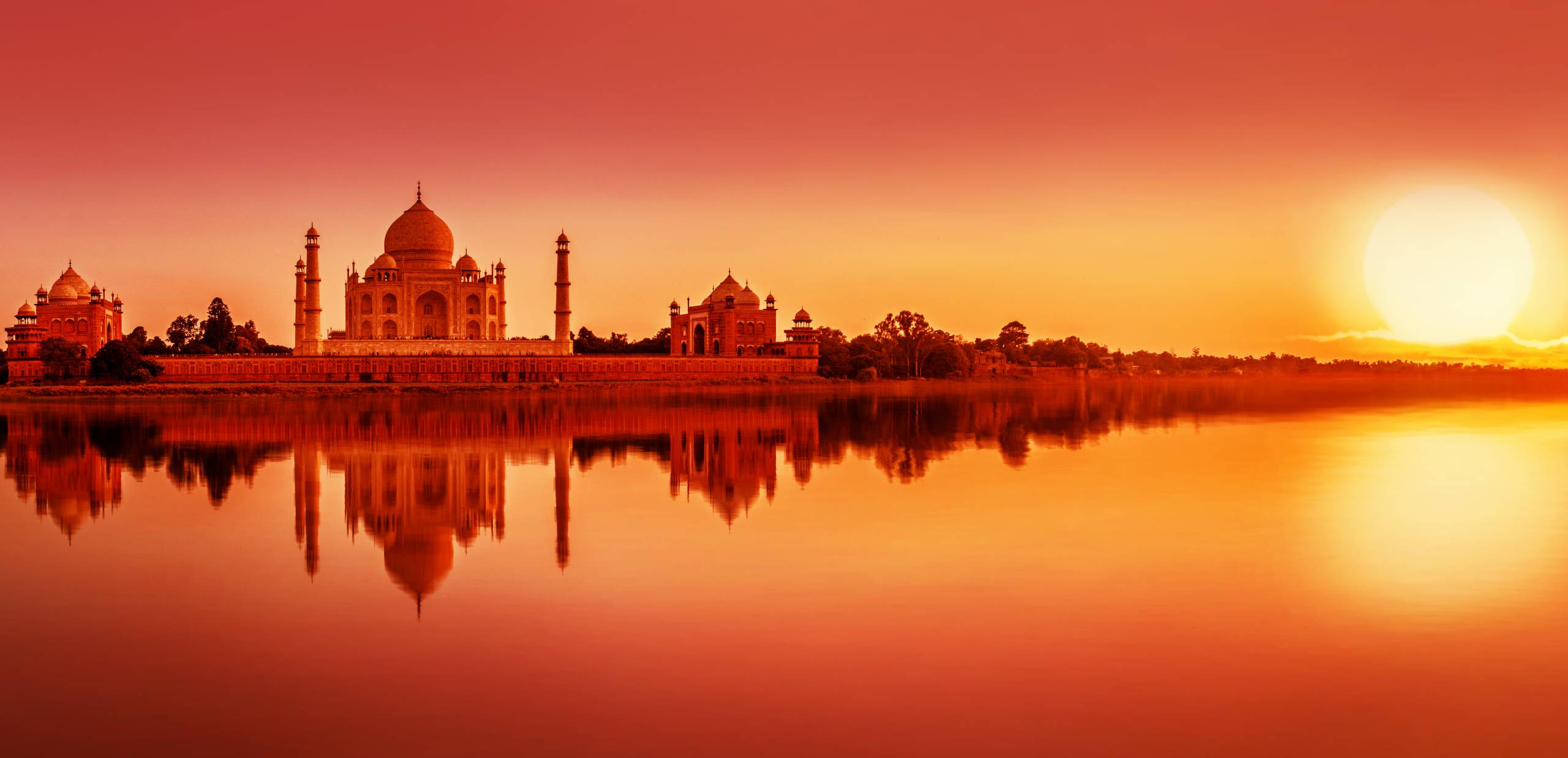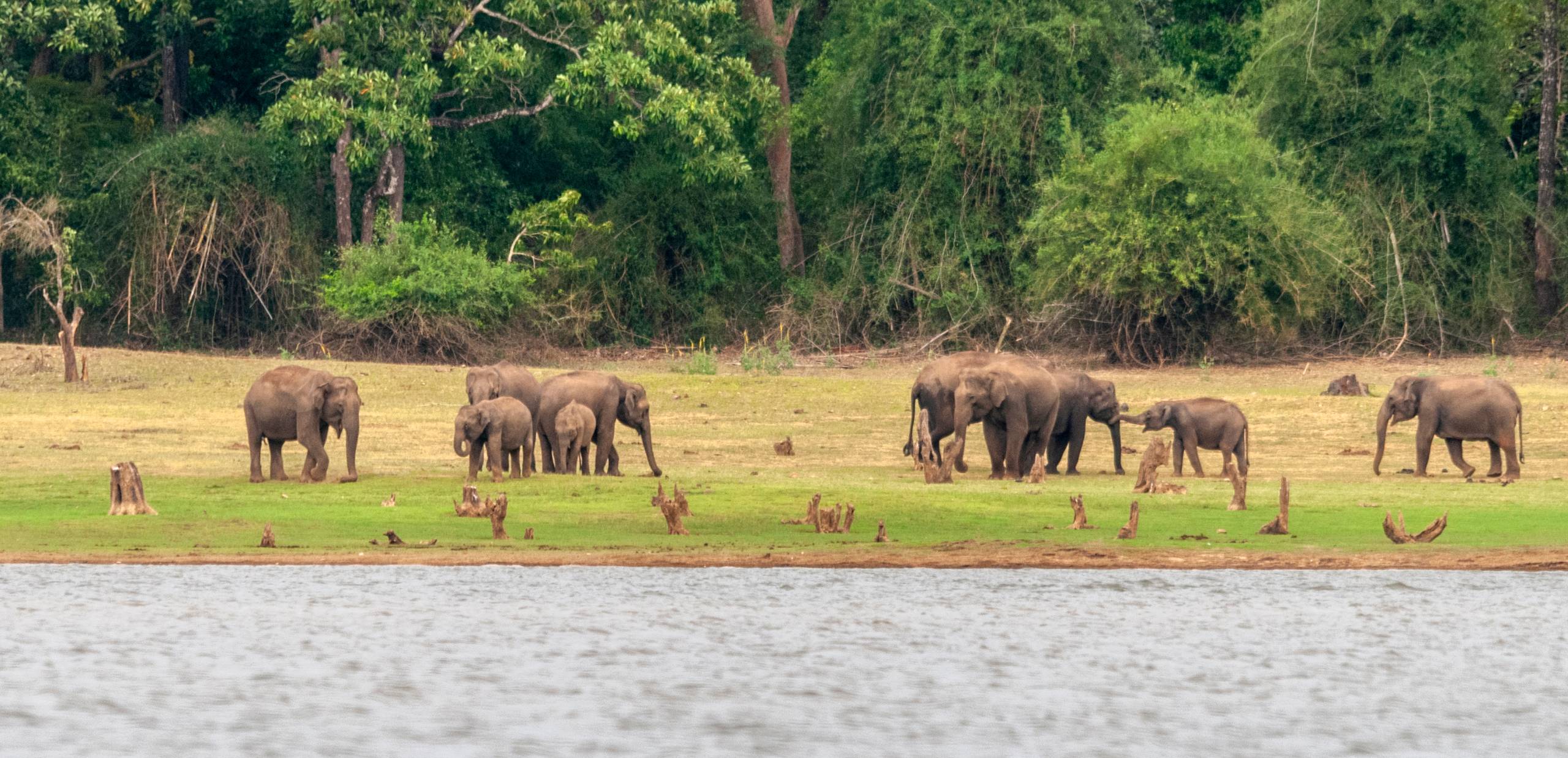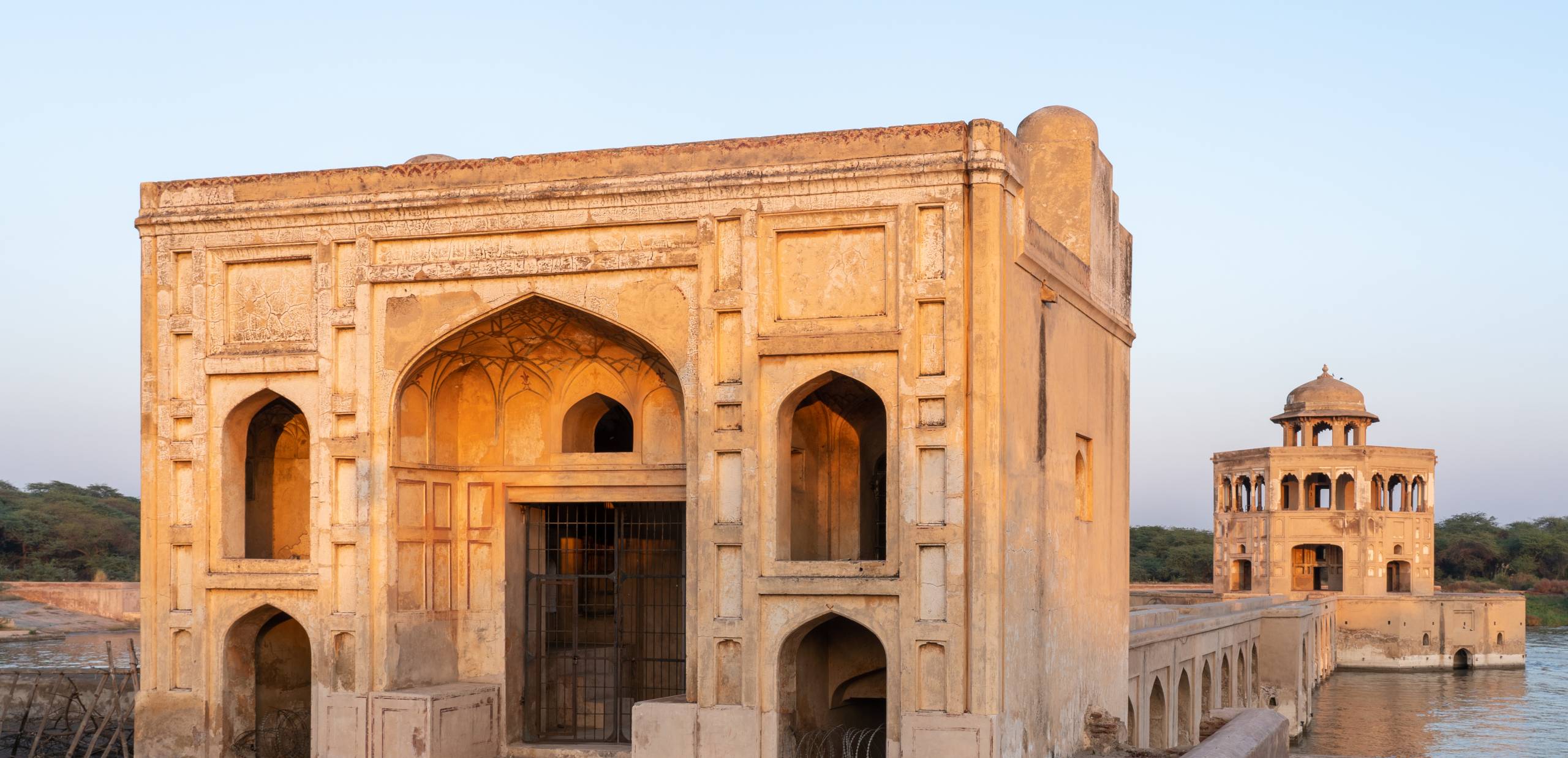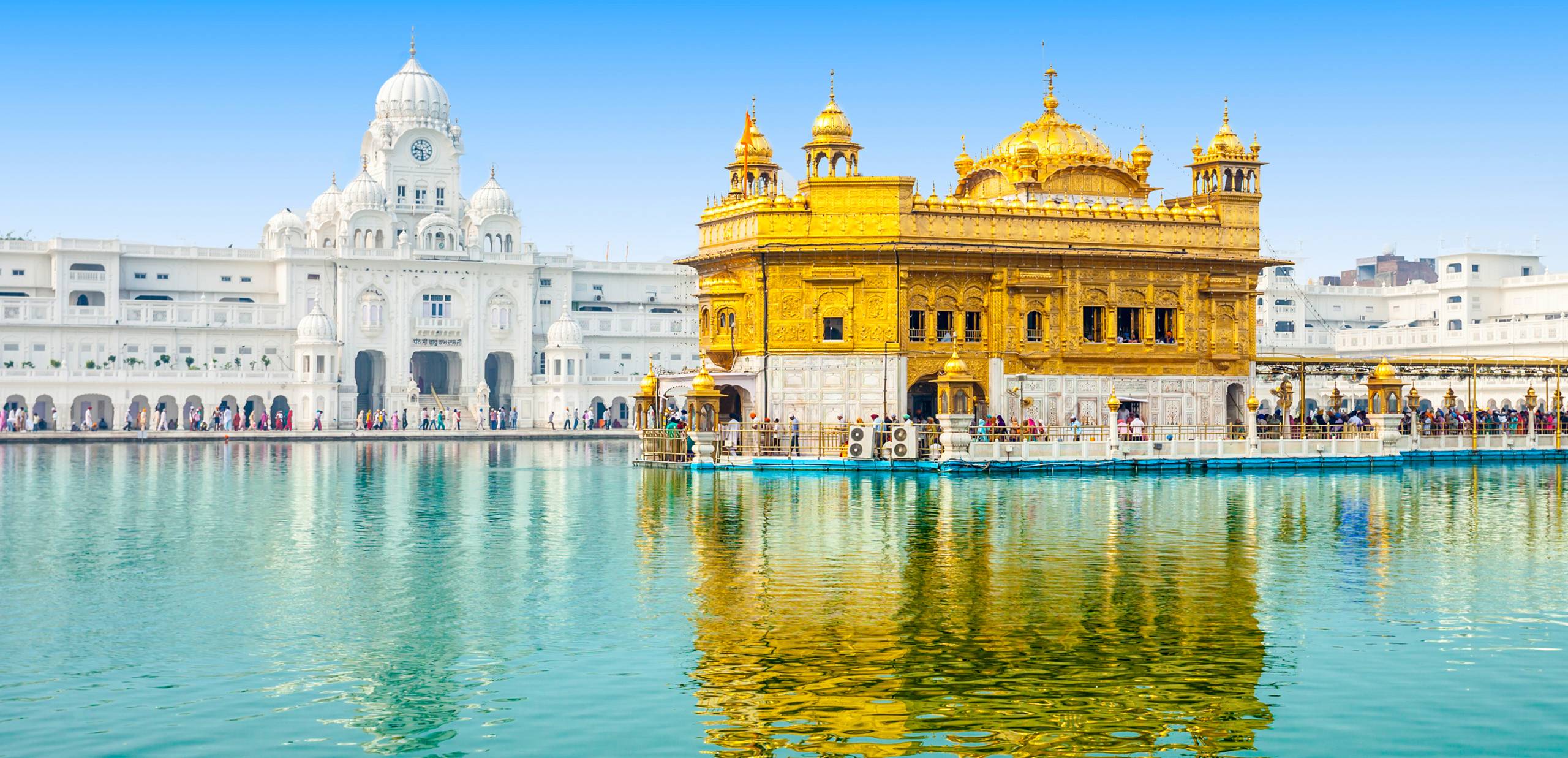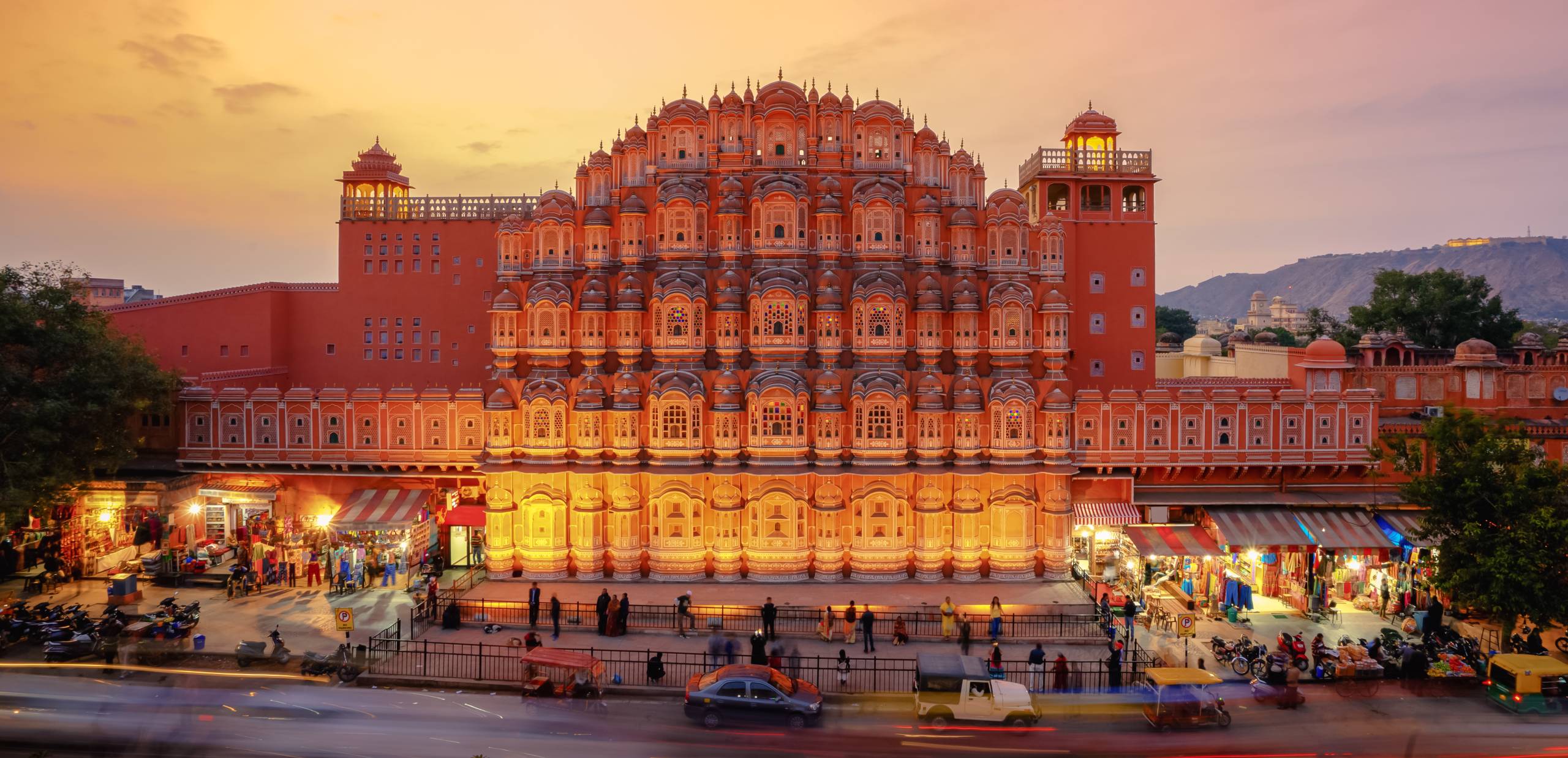Introducing India
India is fascinating, enticing, and vibrant, from the wind-swept deserts of Rajasthan to the snow-capped peaks of the high Himalaya. Whether you explore opulent royal castles or indulge in delectably spicy cuisine, this alluring country offers a visceral experience for all the senses.
India is a wonder to visit since it combines a rich culture and history with animals and tranquil coasts. You might take a spectacular tour of the Taj Mahal at sunrise and sunset to be in awe of its majesty, as well as the bustling city of Delhi to experience its different cuisine and arts and crafts.
The Asian continent includes India. The majority of India is a peninsula; therefore, water surrounds it on three sides. The Himalaya, the tallest mountainous region in the world, rises in the north. The Arabian Sea borders the southwest and the Bay of Bengal borders the southeast.
India’s landscape is very diverse, ranging from the Thar Desert in the west to the jungles in the northeast. Most of northern India is comprised of the Ganges Plain, a rich fertile region.
With the weather likely to be warmer, brighter, and drier, the best time to travel to India is between October and March.
The north offers crystal-clear blue skies during this time. While the higher Himalaya can be very cold, they have clearer mountain views and are significantly milder in December and January. April and May are fantastic value months to travel because of the rising temperatures but be prepared for excessive humidity and storms.
Indian cuisine is a diverse cluster of culinary inspirations and traditions from all over the Asian continent. Each region’s food is influenced by its own customs, beliefs, and culture. Although pork is forbidden, Muslims and Hindus both typically eat meat dishes. Indian food has been shaped by a variety of cuisines, including Persian, Chinese, and Mongolian. The distinctive spice blending that consistently gives Indian cuisine its flavour and scent has remained a recurring theme over the ages. The North enjoys a popular lentil dish called dal. The South enjoys Meen Moli, a white fish curry. Vindaloo is a pork meal that is indispensable to Western Indians. Whereas in the East, Indians adore sweets, with Chhenagaja—chhena, flour, and sugar syrup—being among the most well-known. The ingredients for the popular breakfast dish halwa, include wheat, butter, sugar, and almonds or pistachios. Some of the most popular dishes include samosas, aloo gobi (potato and cauliflower), naan bread, Matar Paneer (Peas and Cooked Cottage Cheese), as well as curries such as rogan josh, jalfrezi and chana aloo curry (chickpea potato curry).
India is a multicultural country with a sizable population made up of members of various castes and religions. The majority population is Hindu, but there are sizable populations of Sikhs, Muslims, Christians, and Jainists, all of whom have literary and creative traditions and celebrate religious holidays that add to the vitality of everyday life. Indians are an educated and amiable race that prioritise their families.
Petroglyphs reveal that there have been people in India for at least 30,000 years, and between 2,500 and 1,900 BC. The caste system was established as a result of Indo-Aryan migration during the Iron Age between 2000 and 500 BC, which marginalised indigenous people. Although it left both regions’ pre-existing civilizations largely unaltered, central Asian invaders from the 10th century formed the Islamic Delhi Sultanate that ruled North India from 1206 and occasionally attacked south India. While the indigenous Vijayanagara Empire rose in the south, soldiers and intelligent folks escaping Mongol conquests in Western and Central Asia contributed to the development of a synchronised Indo-Islamic culture in the north.
Invading northern India in the 16th century, the Mughal Empire established centralised government under a deity-like ruler. In order to provide England with materials, the East India Company troops took control of Bengal in 1765 and seized the majority of India by the 1820s. The Company was transformed by the British government into an administrative body that focused on building railroads, telegraphs, and schools. They imposed onerous levies that sparked anger and the 1857 Rebellion, which after being put down in 1858 also sparked the collapse of the East India Company and the transition to a constrained version of the British parliamentary system. Following the wars, it wasn’t until the constitution of 1950 that firmly established India as an independent, religious, and democratic nation.
India offers a great selection of places that you and the family can enjoy exploring together. These include:
The Taj Mahal, a white-marble monument constructed in the 17th century by the Mughal emperor Shah Jahan for one of his wives, Mumtaz Mahal, is the main attraction in Agra. It took 20,000 workers 22 years to finish. A superb bird sanctuary can be found in a royal hunting reserve at Bharatpur, which is on the outskirts of Rajasthan. Fatehpur Sikri, another Mughal masterpiece nearby, is an old royal city surrounded by huge gates.
Goa consists of a 130-km stretch of stunning beaches lined with palm trees, but it benefits to travel inland and discover the wildlife sanctuaries and temples that adorn this picturesque province. The top beaches in Goa are Calangute, which is excellent for water sports, Colva, the longest beach in Goa, and the turtle breeding location Morjim.
Visit the Portuguese fort in Cochin and the elephants at Periya National Park.
Grand streets, monuments, and temples abound in New Delhi. The best site to visit is Old Delhi, where delightful pandemonium rules in its maze-like bazaars and amazing landmarks like the Red Fort or Jama Masjid. Take the kids to visit the Rail Transport Museum so they can climb all over massive steam engines and an elephant’s skull that tried to charge a postal train but was defeated.
Recommended India Specialists
Top Locations in India
